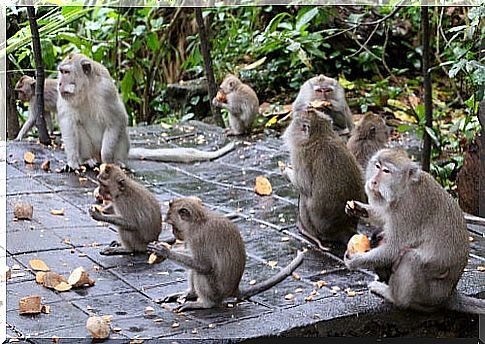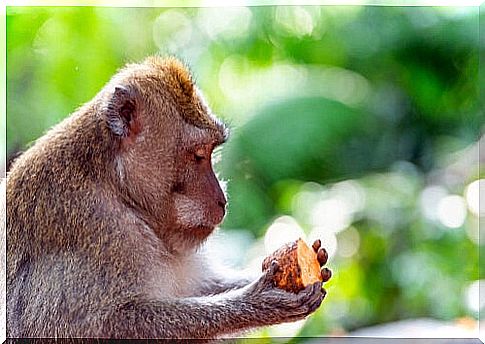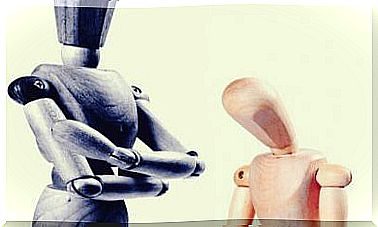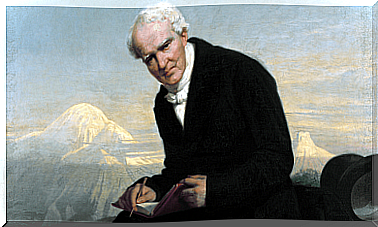The Effect Of The Hundredth Monkey

The history of the effect of the hundredth monkey is very interesting and tells us about several very topical aspects. One of them is the concept of “critical mass”, which was proposed by sociology and later taken up by various currents of thought, including the so-called “new era” and the one known as self-help.
In very general terms, critical mass refers to the number of people necessary for some collective phenomenon to occur within a society. For example, for a certain community to learn to respect the traffic lights or to use the bicycle instead of motor transport.
The hundredth monkey effect was positioned as one of the great examples of practical operation of that critical mass. It has to do with the massification of a behavior and has been used hundreds of times as an example, both in self-help books and in similar literature. Let’s see what this is all about.

The effect of the hundredth monkey
The hundredth monkey effect was first discussed in 1975, in a foreword by Lyall Watson, a famous spreader of the “New Age” precepts, who was also a biologist, anthropologist, and ethnologist, among others. This foreword led the book Rhythms of Vision , written by Lawrence Blair.
The aforementioned prologue introduced the world to the extraordinary story of the hundredth monkey effect. There Watson tells that a group of Japanese scientists carried out research with macaques, on the island of Koshima, in 1950. The researchers wanted to know if it was possible to influence the learning abilities of these monkeys in any way.
To establish this, one of the scientists gave sweet potatoes to the monkeys, but in principle they rejected them because they had dirt on them. Some time later, an 18-month-old monkey spent several hours with the potato in her hand and at one point decided to wash it in the sea. Seeing it clean, he ate it and noticed that it tasted pleasant.
Critical mass
Seeing that it was perfectly edible, the monkey taught her children to wash the potatoes and eat them. Later, he also taught this new trick to many other monkeys in his community. Most of the young specimens were interested in obtaining the education, but the older ones were resistant to it.
Lyall Watson says that in a short time, many monkeys learned to wash sweet potatoes. When a hundred monkeys were completed with that new apprenticeship , something very striking happened. From then on, all the other monkeys began to wash the potatoes, even without being taught by another.
This phenomenon was given the name of the hundredth monkey effect. According to this approach, when there are a hundred individuals in the same community who do something, a kind of domino effect occurs that leads an entire society as a whole to replicate this behavior. To prove it, the research Watson cites says that in a short time macaques on neighboring islands were also washing potatoes.

Interesting findings
Ten years after the famous foreword was published, Elaine Myers, a skeptical researcher, decided to search for the origins of the experiment. He found that it had been carried out by the Japan Monkey Center and that at no time did it mention anything related to the effect of the hundredth monkey.
The original study did talk about the experiment and the learning process in monkeys about washing potatoes, but attributed the spread of this knowledge to other factors. The young monkeys had randomly learned to wash potatoes and others, by imitation, would have done the same. The adult monkeys did not learn, but they died and the young took their place.
The diffusion of this knowledge to other islands had occurred in a period of no less than four years, during which time many specimens could have emigrated to them, taking their knowledge. In other words, the blissful hundredth monkey effect didn’t exist. What there was was a habitual process of knowledge circulation.
Despite the evidence that it is false, this story has been repeated and published hundreds of times. In fact, Deepak Chopra, the famous popularizer of the new age , reproduced the hoax as if it were a real investigation, although he changed the potatoes for apples. In post-truth times, more than ever, “paper holds everything.”









